I spend a lot of time scrolling through knitting social media, and I often see questions from newer knitters about various abbreviations in their knitting patterns. The abbreviations for stitch names are pretty easy to find explanations for, but I’ve noticed a lack of explainers for some of the other common abbreviations.
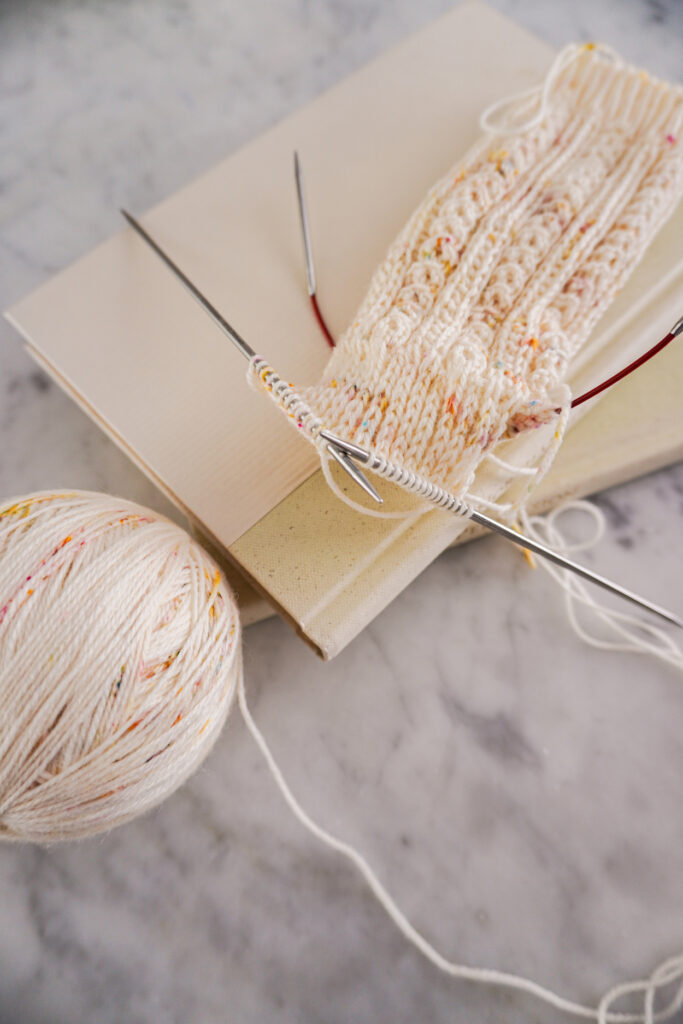
Today’s blog post will explore why we have all these abbreviations in the first place, and then we’ll dig into what some of the most common abbreviations mean.
Why Do Knitting Patterns Have So Many Abbreviations?
For newer knitters, reading a pattern can feel a lot like learning to read a new language. To start with, there are parentheses and brackets and asterisks galore, which can make it feel more like your old algebra homework than instructions for a fun hobby. Then, on top of that, you have all these bizarre abbreviations. What’s the deal?
Well, back in the day, most knitting patterns were published in magazines, books, or even the bands around a ball of yarn. Space was at a premium. If you could save a few letters here or there so that your pattern was only two pages instead of three, that was an excellent outcome.
Over the years, a whole series of common abbreviations developed and became more or less the industry standard. As more designers have moved into self-publishing their patterns in a digital format, these abbreviations aren’t as important, but many designers still use them out of habit, convention, or convenience. It’s still nice to have fewer pages to wrangle in a pattern, after all.
Common Knitting Abbreviations Decoded
This blog post isn’t going to talk about abbreviations for different stitches, which we can cover another day if there’s interest. Instead, we’re going to talk about the abbreviations used in the instructions themselves. These abbreviations tell you to take certain actions, but if you don’t know what they’re short for (and it’s not always obvious!), you won’t know what to do next.
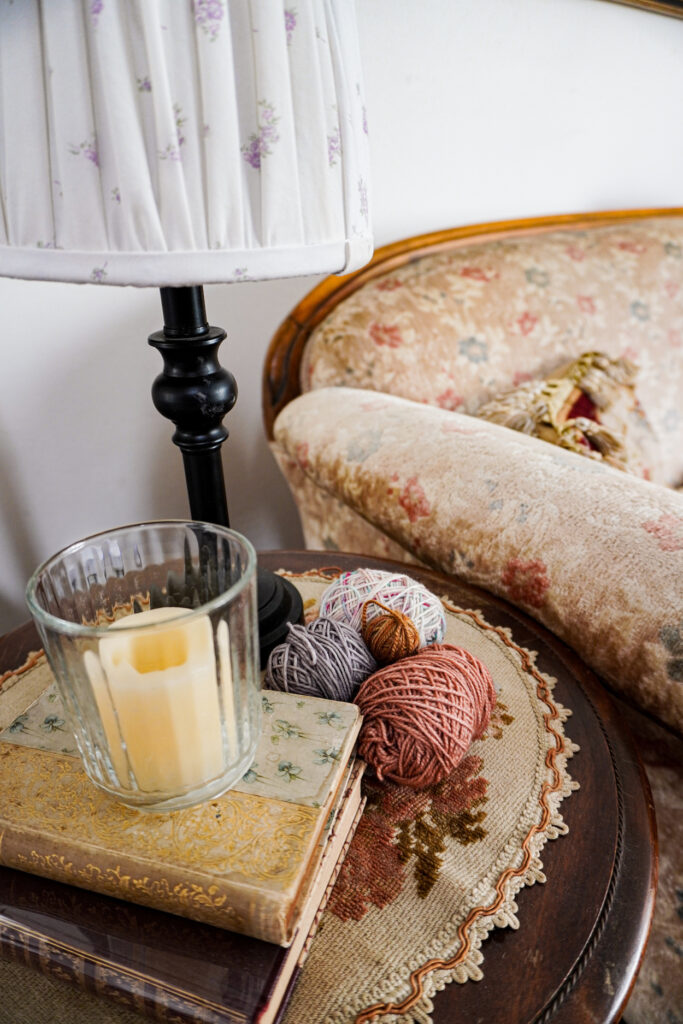
Rep.
“Rep.” is short for “repeat.” It means to do the same thing over again. For example, you might see a pattern say “Rep. Rows 1-6 two more times.” That means you’ve already worked Rows 1-6 once. Now you’re going to work Rows 1-6 again (one repeat), then work Rows 1-6 again after that (two repeats).
Rem.
“Rem.” is short for “remaining.” You’ll usually see this instruction referring to stitches that are left on your needles before the end of a row or round. For example, if you’re knitting a garment, you might see an instruction to “place rem sts on waste yarn.” This instruction means to take the remaining stitches in the round or row from the needles and put them on waste yarn to save for later use.
Work as foll.
“Work as foll.” means “work as follows.” This is a prefatory instruction. It’s your signal that there is going to be a multi-step set of instructions coming your way, and you should read through the whole section before starting because it might be a little complicated.
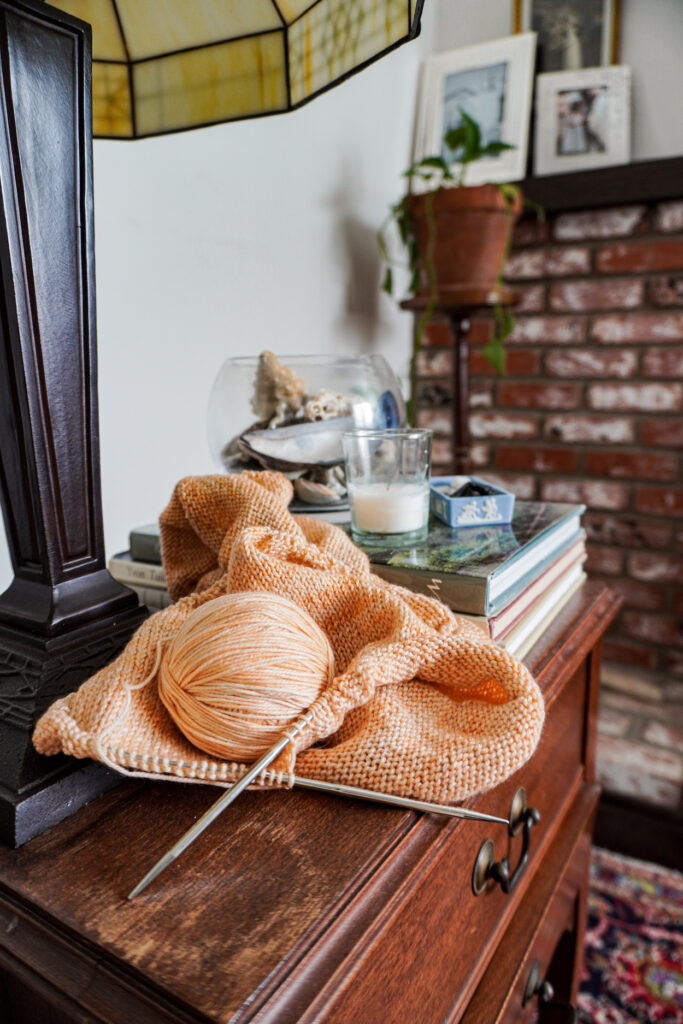
Beg-of-rnd
“Beg-of-rnd” means “beginning of round,” or the spot where one round of your work ends and the next begins. It’s where you joined your yarn to knit in the round.
With hyphens between the words, it’s a phrasal adjective, so it’ll usually be describing something to do with the beginning of the round. A common version of this is “beg-of-rnd marker,” which refers to the beginning-of-round marker used to keep track of where you are in your sitches.
Work even in patt.
“Work even in patt.” is short for “work even in pattern,” or keep doing the same thing without working any increases or decreases. This is a common instruction in garment, blanket, and rectangular shawl patterns, where you’ll be working the same pattern repeat over an extended amount of space.
For example, let’s say you’re knitting a top-down raglan sweater with an all-over texture. You’ve finished your increases and divided for the sleeves, so now you’re on the body. If there’s no body shaping so you’re essentially just working a long tube, you might see an instruction like, “Work even in patt. for 10 in.” That’ll tell you to keep working the pattern repeats all the way down the body until it measures 10 inches from where you started that instruction.
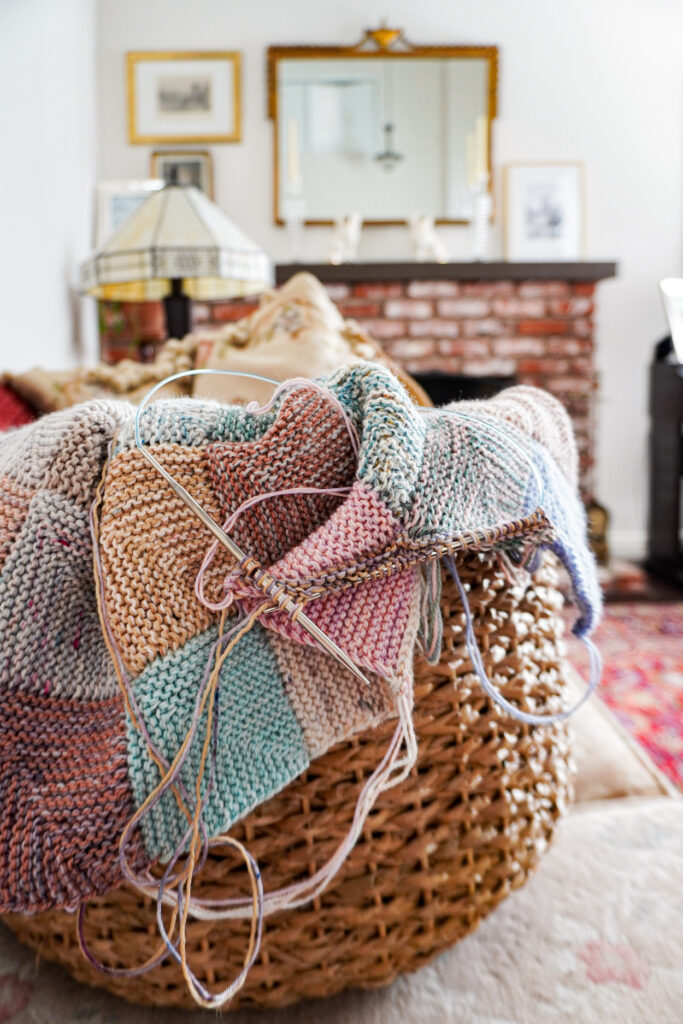
Cont.
“Cont.” is an abbreviation for “continue,” which can be especially confusing for newer knitters who may also be reading a lot about Continental vs. English knitting styles. You’ll usually see “cont.” as an instruction that basically means to keep doing what you’re doing.
A Couple Final Notes
Depending on the house style guide of the publication you’re using, some or all of these abbreviations may not have a period at the end. That can make it even harder to realize that they’re abbreviations. If you’re reading a pattern and the words themselves seem like nonsense, odds are high you’ve run across a poorly identified abbreviation.
Although many of these abbreviations became standardized over time, know that the older the knitting pattern, the less likely it is to have standardized abbreviations. I’ve pulled most of these abbreviations from an old issue of Interweave Knits from the early 2000s. If you get really into vintage patterns from the 1940s and 50s, or if you feel really ambitious and decide to start tackling some 19th-century patterns, be prepared for there to be even more instructions that make little sense. Yarn weights and needle sizes were different back then, and there wasn’t always much (if any) instruction on how to adjust sizing.
Let’s stay connected!
Join my newsletter for 30% off all new releases, regular updates with helpful tips and tricks, first crack at registration for upcoming workshops, exclusive discounts, and more.
Prefer to read without ads? Join my Patreon, which starts at just $1 a month!
Join the A Bee In The Bonnet Facebook Group to participate in knitalongs and other fun community events
Come hang out with me on the A Bee In The Bonnet TikTok
Follow along on the A Bee In The Bonnet Instagram
Get inspired via the A Bee In The Bonnet Pinterest

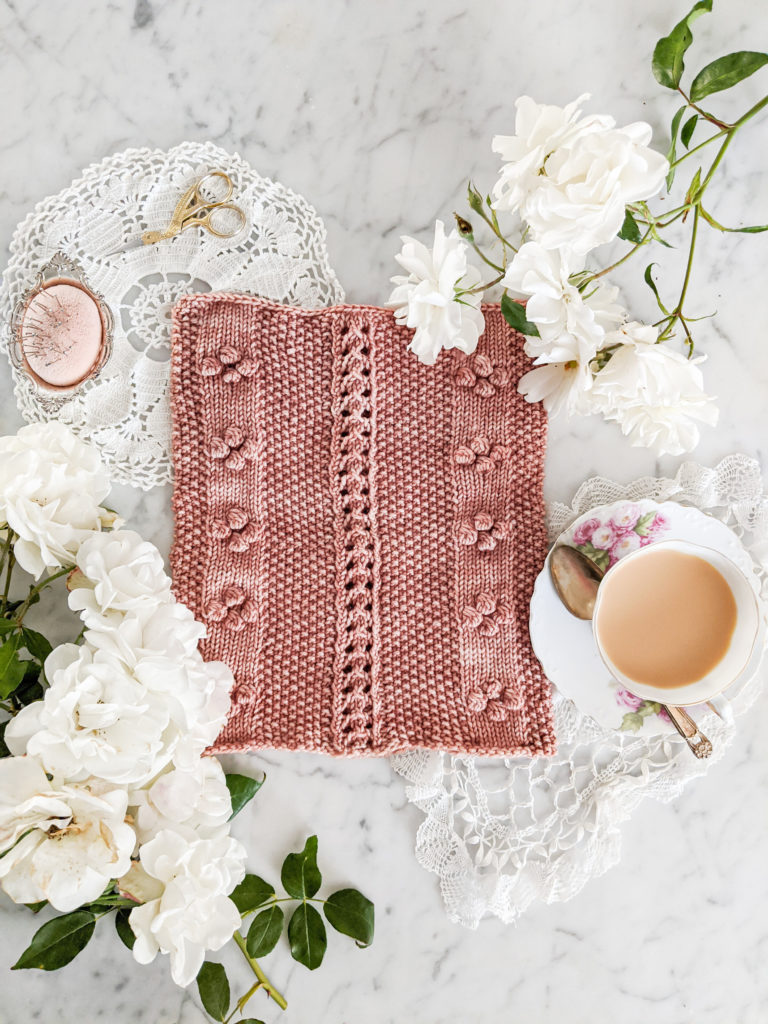
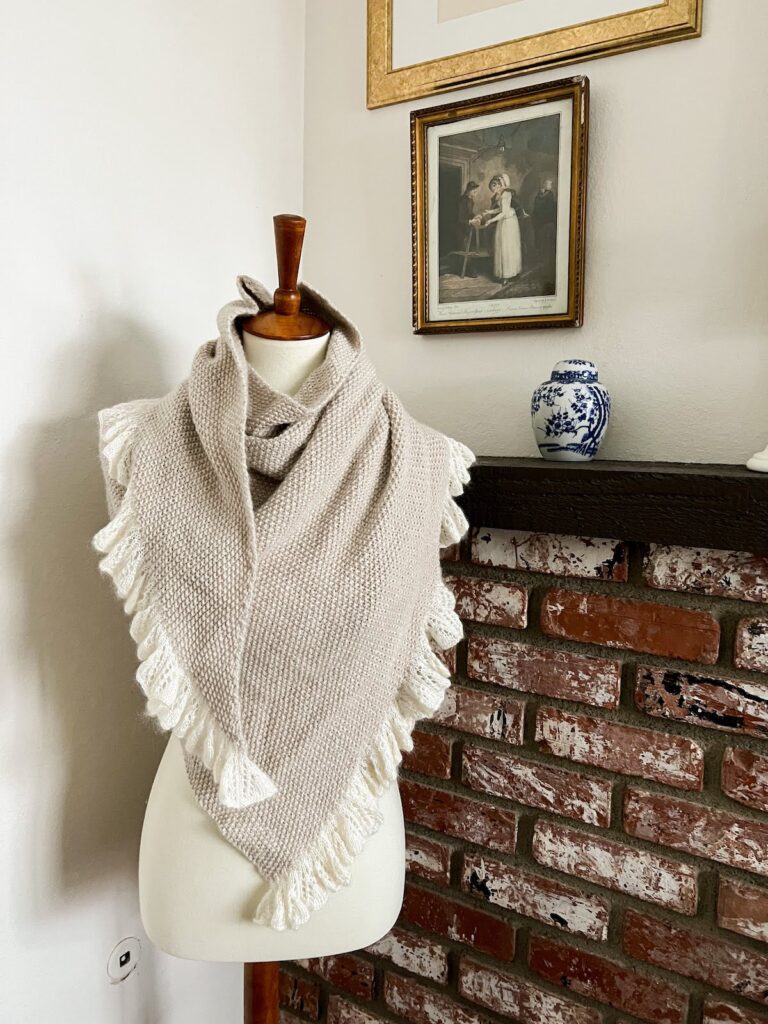
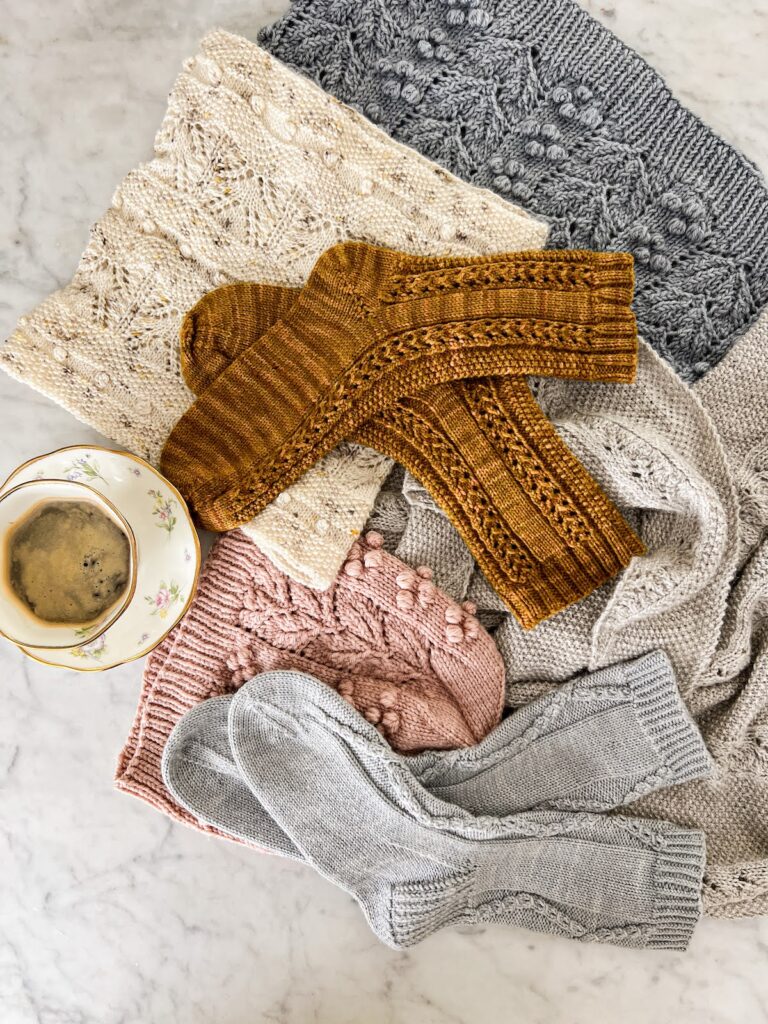
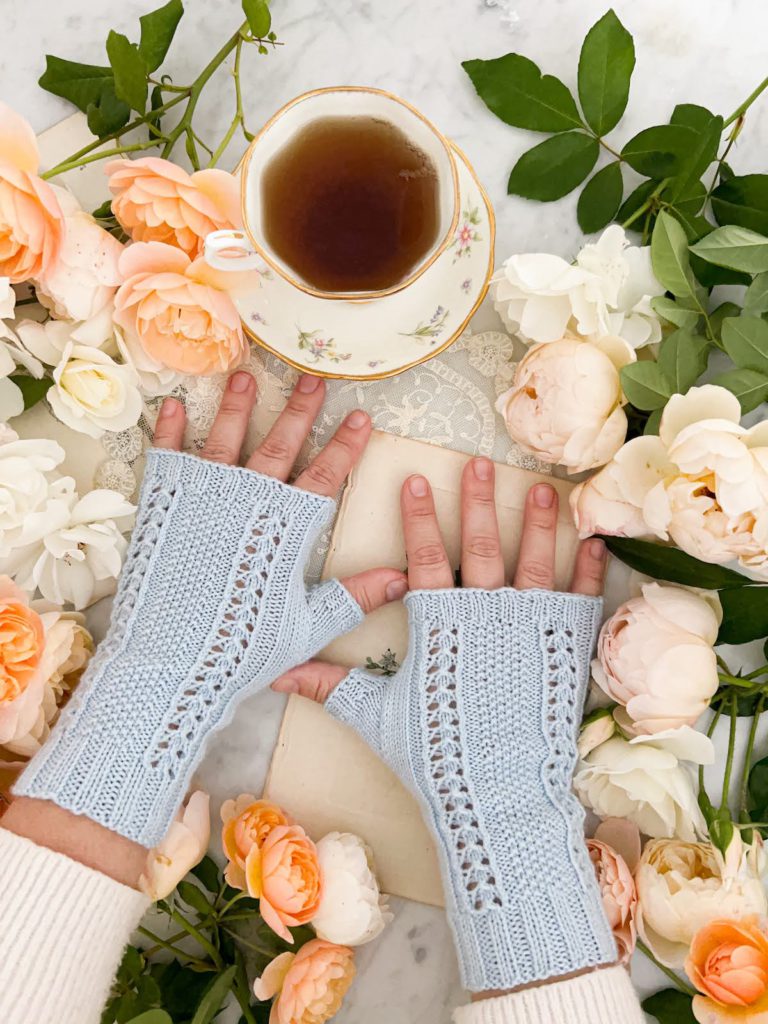
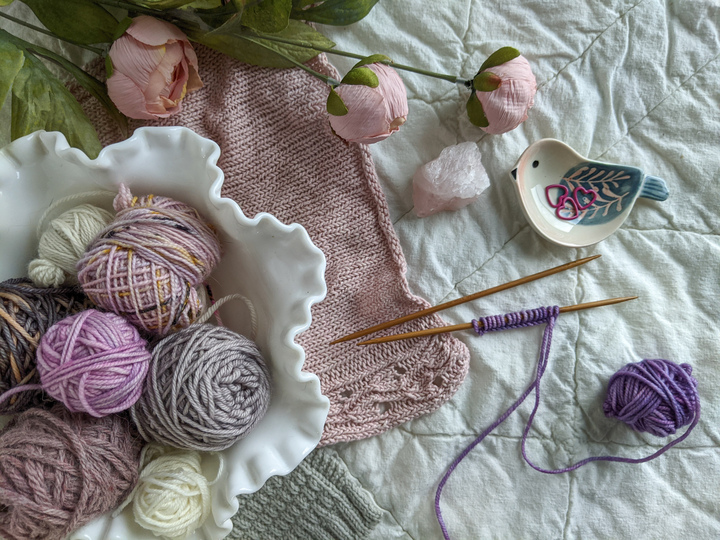
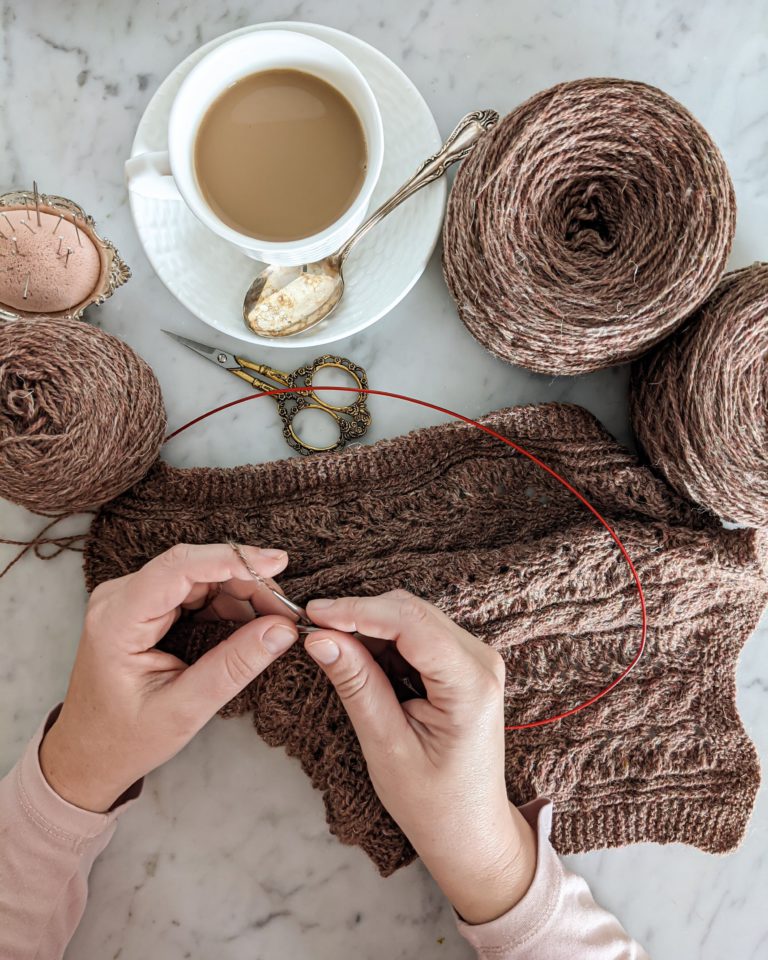
I enjoy reading your blog posts. You make everything so clear. And I love, love, love all the beautiful photos.
Thank you so much! I’m really glad to hear you enjoy them.